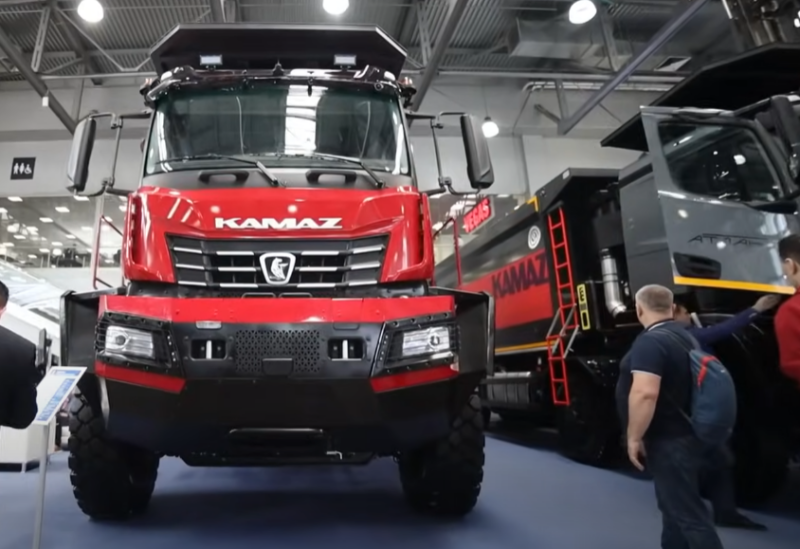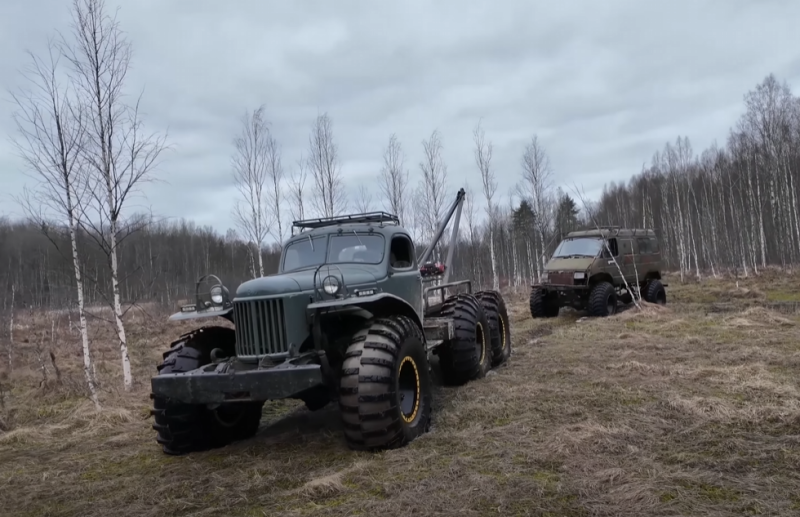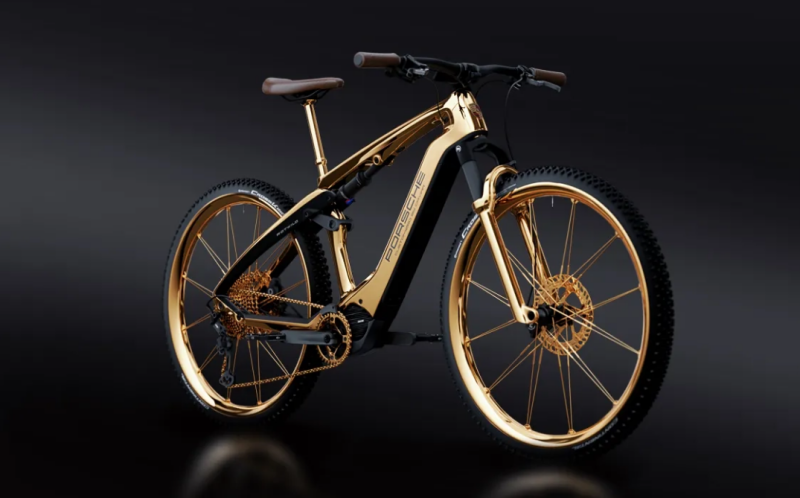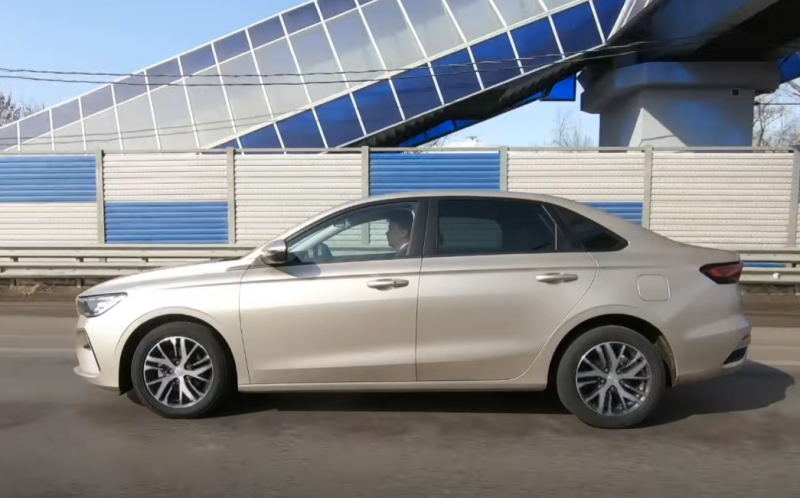The low cost of production, good performance for that time, the ability to take off and land in the most difficult conditions, fantastic maintainability (sometimes it was possible to restore the AN-2 literally “on the knee”) are far from all the advantages of a biplane. However, already in the 60s there was talk of replacing it. At a minimum, the aircraft needed modernization. It was powered by the ASh-62IR engine, which was a descendant of the Wright R-1820 Cyclone 9, which was produced in the USA in the 30s. A good engine that has proven itself from the best side all over the world, but by the 70s it already looked like an anachronism.
How An-3 was created
At that time, the designers of the USSR were working with might and main on more important projects: new fighters, attack aircraft, bombers. But there was time for the development of agricultural aircraft. This was mainly due to the increase in crops, the need to cultivate huge areas (remember the "virgin lands", corn fields, thanks to which the An-2 got its nickname). "Annushka" was already outdated at that time:
- consumed a lot of fuel
- had low performance (low speed)
However, as it turned out later, the designers first "turned in the wrong direction." In an effort to keep up with progress, a jet-powered agricultural aircraft was planned, which even today sounds strange.
M-15 (project I-711)
Riamir Izmailov, who headed the Primorsky branch of the Antonov Design Bureau, took up the development. "Chief" was against a jet agricultural aircraft, so it was created almost secretly. However, Izmailov managed to get approval from the Ministry of Civil Aviation.
At that time, such aircraft were produced in Poland, where they organized the production of the M-15 jet biplane. However, his fate turned out to be sad - he could not replace the An-2 due to:
- uneconomical fuel consumption
- complex exploitation
- low maneuverability
- unsatisfactory takeoff and landing "ability"
The demonstration of the aircraft at the Paris Air Show (1977) turned out to be a failure - the Western press did not get tired of sarcastic about the "Serpent Gorynych", as it was called. Journalists wrote that the plane did not need chemicals: insects would immediately "die of laughter when they see it over the fields." As a result, the number of aircraft produced amounted to 120 units. The planes turned out to be of no use to anyone and in the end they were disposed of. But work on another machine, with a turboprop engine, continued.
Thorny path An-3
It was not immediately possible to start production of an aircraft designed to replace the "corncob". Employees of the Antonov Bureau wanted to install the TVD-10A engine, designed by the Omsk Design Bureau, on the aircraft. The motor, in all respects, was suitable for a biplane. But officials intervened in the matter, deciding that this unit did not correspond to the ideas of technical progress and was morally obsolete. As a result, a new engine had to be developed, it became the TVD-20. And time passed - the seventies ended.
The AN-3 made its first flight in 1980, but for some reason it was admitted to State tests in 1986. But here again, failure is already in political terms: by the beginning of the 90s, Poland made it clear that it was not on the way with the USSR and the issue of producing AN-3 in this country was hanging in the air.
 An-2 and next to An-3 in the eighties: the difference in the engine is immediately evident. Photo: YouTube.com
An-2 and next to An-3 in the eighties: the difference in the engine is immediately evident. Photo: YouTube.comHowever, Russian designers did not back down: there were many An-2s left in the country and the former socialist camp, which were not difficult to convert into An-3s with a new engine: installing a new engine required only a third of the cost of the aircraft (250-400 thousand rubles). dollars). The State Research Institute of Civil Aviation issued a conclusion, according to which the aircraft was certified and recommended for launch in a series. The aircraft began to be mass-produced in 2000, in several modifications:
- An-3T - transport version for cargo delivery
- AN-3SH - produced for agriculture and used for pollination of crops
- AN-3TBK is one of the latest biplane variants designed for business passengers.
- AN-3T-10 - used for the delivery and landing of paratroopers, designed for 12 people
- AN-3T-07 - transport-passenger version
- AN-3T-08 - air patrol
The designers paid attention not only to the technical parameters of the vessel. The cabin was modified: a more advanced control system was installed, comfortable seats appeared. Another plus was the use of cheaper kerosene instead of gasoline as an energy source.
The plane turned out to be clearly not bad, it would seem, “take” the An-2, put a new engine on it and you will get a modern aircraft. Here are the main flight performance parameters of the An-3T:
- length, height - 14 and 4 m
- span and total area of the upper (lower) wings - 18 (14) and 71,5 square meters. m
- engine power TVD-20-1 - 1375 l. With.
- maximum (cruising) speed - 255 km / h (230 km / h)
- distance covered - 1250 km (with a payload of 1,5 tons - 770 km)
- ceiling - 3900 m
- runway length - 140 m
- capacity - up to 18 passengers or 1,8 tons of cargo
- crew - 1-2 pilots
However, in those years, finding 250-400 thousand “green” for modernization was an unthinkable thing. The owners of the An-2 simply squeezed everything possible out of it, and there was no question of any improvement for that kind of money.
But still, there were those who wanted to: the “transformation” of the An-2 into the An-3 and its modification was handled by the Polet software. The organization installed a new engine, carried out a reconstruction inside the cabin, integrated more modern windows into the fuselage, equipped a toilet, etc. As a result of the modernization:
- the weight of the transported payload increased by 20%
- speed increased by 1,3 times (rise by 1,8)
- fuel consumption decreased by 5-6 (!), And oil - by 25 times (!)
- the engine starts freely at temperatures up to -25 ° without heating
- significantly reduced vibration and noise
In the course of modernization, at the request of the customer, navigation equipment SN-3301 (satellite), an emergency beacon and other additional systems could be installed, making the aircraft more convenient to operate and flight safer. The An-3, which was fully assembled at the factory, also did not “stand still”. The new aircraft in 2002 even made a flight to the American Amundsen-Scott station in Antarctica. 6 km were covered in 1140 hours.
However, it was not possible to fly back on the AN-3: after parking, when trying to take off, vibration began, as a result, the pilots refused to return on this plane (the American S-130 was involved), the "traveler" remained in Antarctica, from where he was returned to his homeland in 2019.
Currently, the aircraft is operated in Siberia: about a dozen An-3s worked in seven organizations. Now - much less. Five aircraft are operated by the Polar Airlines company, three by the Ministry of Emergency Situations, two by the Avialift DV organization and one aircraft by KrasAvia. The conclusions are disappointing: small agricultural aviation in the country is marking time and a truly massive aircraft capable of repeating the popularity of the An-2 is not yet in sight.














